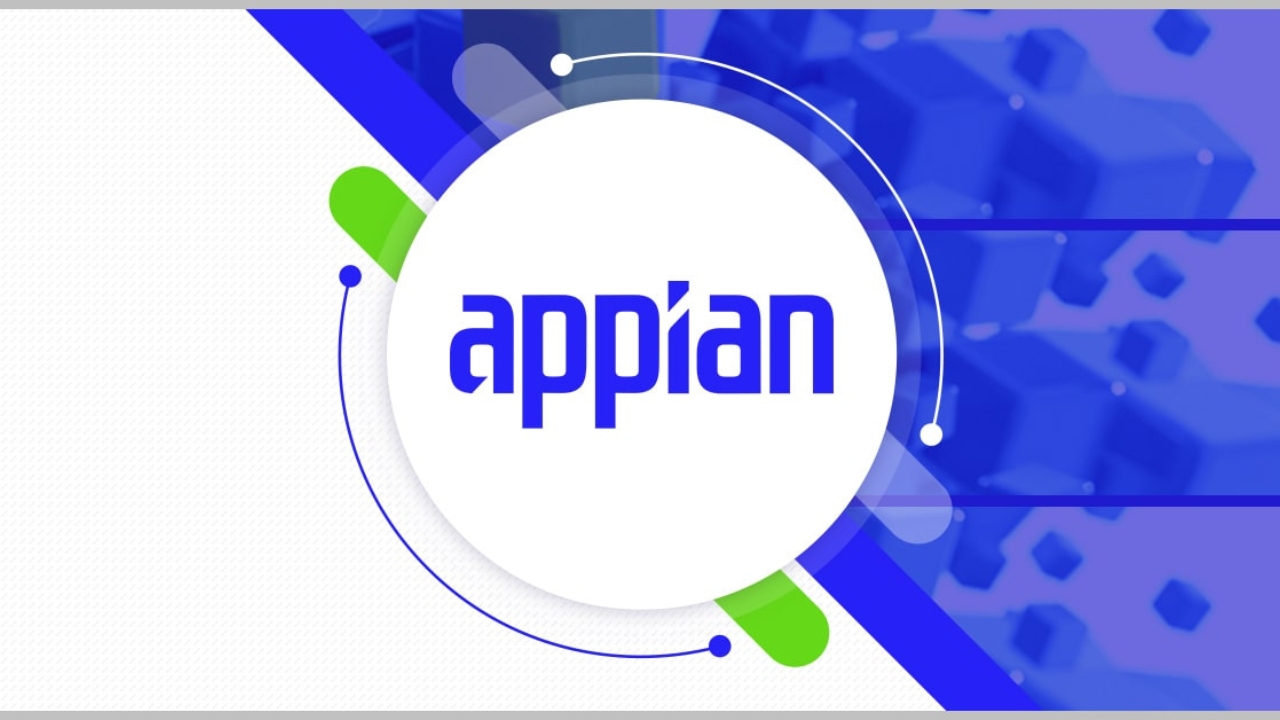In today’s fast-paced digital landscape, businesses must embrace automation to stay competitive. However, traditional automation methods require extensive coding expertise, making them inaccessible to many organizations. Enter Appian, a low-code automation platform that empowers businesses to streamline processes, reduce manual effort, and boost productivity without deep programming knowledge.
But how exactly does Appian enable low-code automation, and why should your organization consider it? This comprehensive guide will walk you through everything you need to know.
What is Low-Code Automation?
Low-code automation is a development approach that allows users to create applications and automate workflows with minimal coding. By using drag-and-drop interfaces, pre-built templates, and visual modeling, low-code platforms like Appian make automation accessible to business analysts, IT teams, and even non-technical users.
Why Choose Appian for Low-Code Automation?
Appian stands out in the low-code automation market for several reasons:
- User-Friendly Interface – Drag-and-drop components make it easy to build workflows.
- AI and RPA Integration – Leverage artificial intelligence (AI) and robotic process automation (RPA) for advanced automation.
- Scalability – Suitable for startups and large enterprises alike.
- Security & Compliance – Robust security features ensure compliance with industry regulations.
- Cloud-Native & On-Premise Options – Choose the deployment method that best suits your needs.
How to Get Started with Appian Low-Code Automation
Let’s dive into the steps to implement low-code automation with Appian.
1. Identify Processes to Automate
Before diving into Appian, pinpoint which processes can benefit the most from automation. Look for tasks that are:
- Repetitive (e.g., data entry, document approvals)
- Time-Consuming (e.g., customer onboarding)
- Error-Prone (e.g., manual financial calculations)
2. Sign Up and Access the Appian Platform
To start using Appian:
- Create an Appian account on their official website.
- Access the Appian Designer, where you’ll build and configure workflows.
- Explore pre-built templates that can help you quickly set up automation workflows.
3. Use Appian’s Drag-and-Drop Workflow Builder
One of the standout features of Appian is its drag-and-drop automation builder. Here’s how you can use it:
- Drag process components like decision points, integrations, and notifications onto the canvas.
- Set up business rules to define conditions for workflow execution.
- Use Appian’s built-in AI capabilities to enhance automation accuracy.
4. Integrate with Existing Systems
Appian seamlessly integrates with:
- CRM Systems (Salesforce, HubSpot)
- ERP Software (SAP, Oracle)
- Cloud Services (AWS, Google Cloud, Azure)
- Legacy Systems via APIs
By integrating Appian with your existing IT ecosystem, you can automate processes end-to-end without disrupting your current operations.
5. Test & Deploy Your Automated Workflow
Before launching, ensure your automated workflow functions correctly:
- Run test cases to identify and fix errors.
- Involve stakeholders to validate functionality.
- Deploy incrementally, starting with a small-scale rollout before full implementation.
6. Monitor, Optimize, and Scale
Automation doesn’t stop at deployment. Use Appian’s analytics and reporting tools to:
- Track performance metrics (e.g., processing time, error rates)
- Optimize workflows based on data insights
- Scale automation across departments to drive business-wide efficiency
Real-World Use Cases of Appian Automation
Businesses across industries are leveraging Appian for automation. Here are a few examples:
Banking & Finance
- Loan Processing – Automate loan applications and approvals.
- Fraud Detection – Use AI to detect suspicious transactions.
Healthcare
- Patient Onboarding – Streamline patient registration and insurance verification.
- Claims Processing – Automate insurance claim approvals.
Manufacturing
- Supply Chain Automation – Integrate logistics, procurement, and inventory management.
- Quality Control – Automate defect detection using AI.
Government & Public Sector
- Citizen Services – Automate case management for government services.
- Regulatory Compliance – Ensure compliance with changing regulations through automation.
Challenges & How to Overcome Them
Like any technology, Appian low-code automation comes with challenges. Here’s how to tackle them:
- Change Resistance → Educate teams on the benefits of automation.
- Integration Issues → Work with Appian’s API capabilities for smooth system integration.
- Security Concerns → Use Appian’s built-in security measures and compliance features.
Final Thoughts: Why Appian is the Future of Low-Code Automation
Appian’s low-code automation capabilities empower organizations to accelerate digital transformation, reduce operational costs, and enhance efficiency without requiring a large development team. Whether you’re a small business looking to optimize operations or a large enterprise aiming for intelligent automation, Appian provides the scalability, flexibility, and security needed to succeed.
If you’re ready to revolutionize your business with automation, Appian is the low-code solution you need today.





Leave a Comment